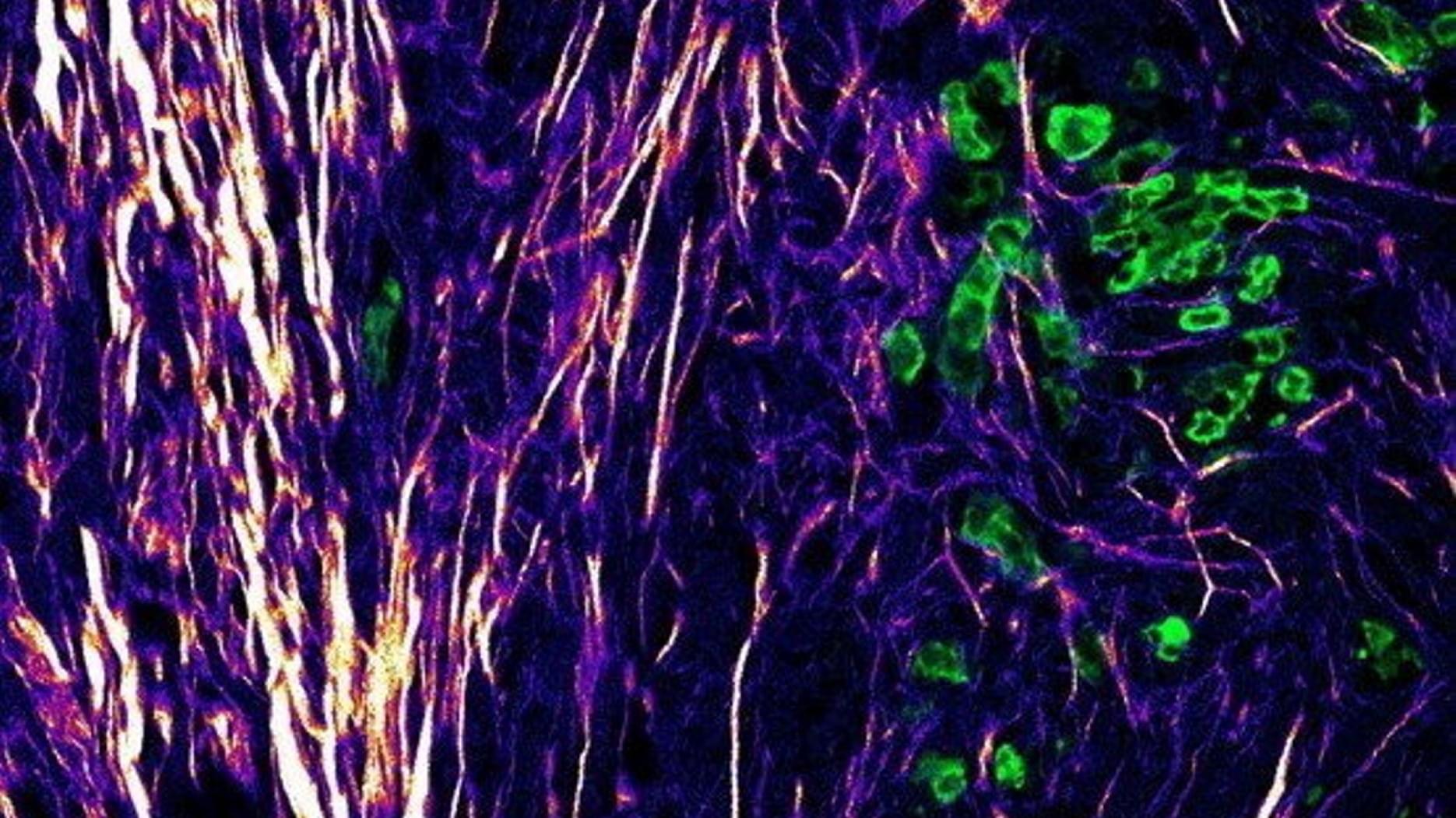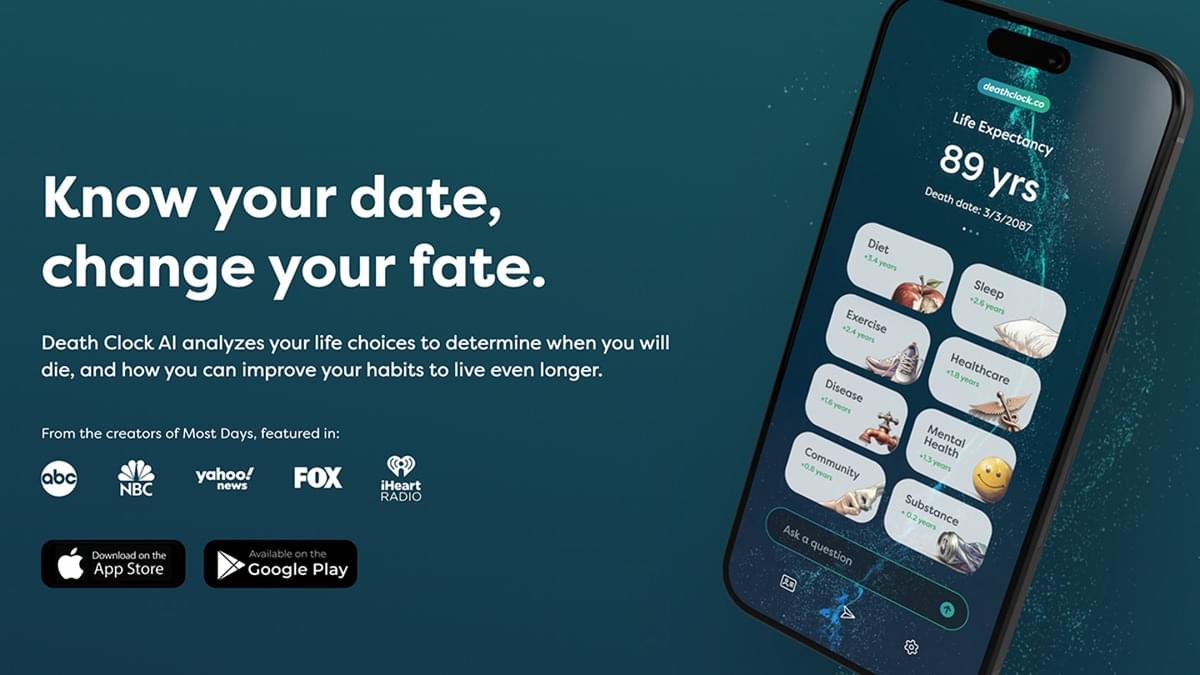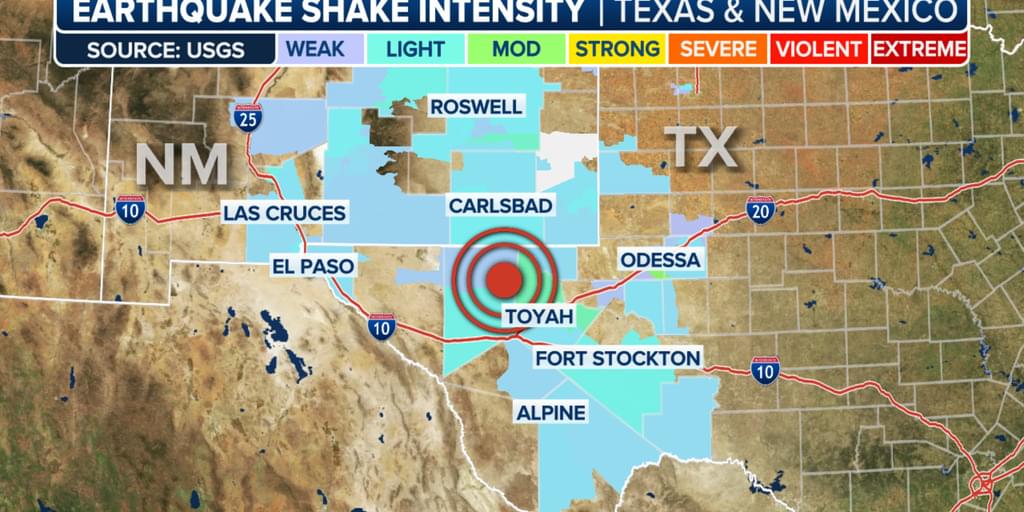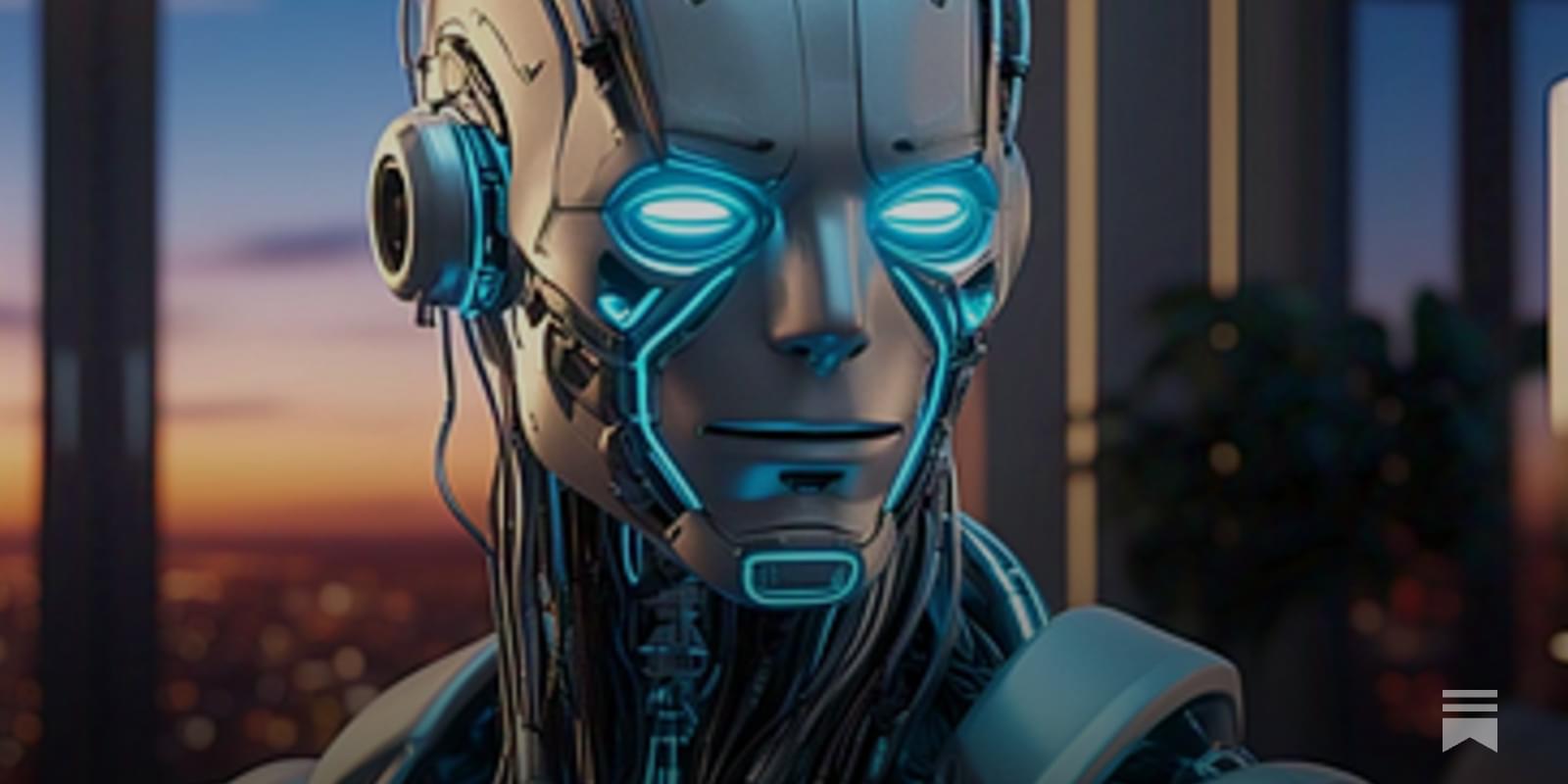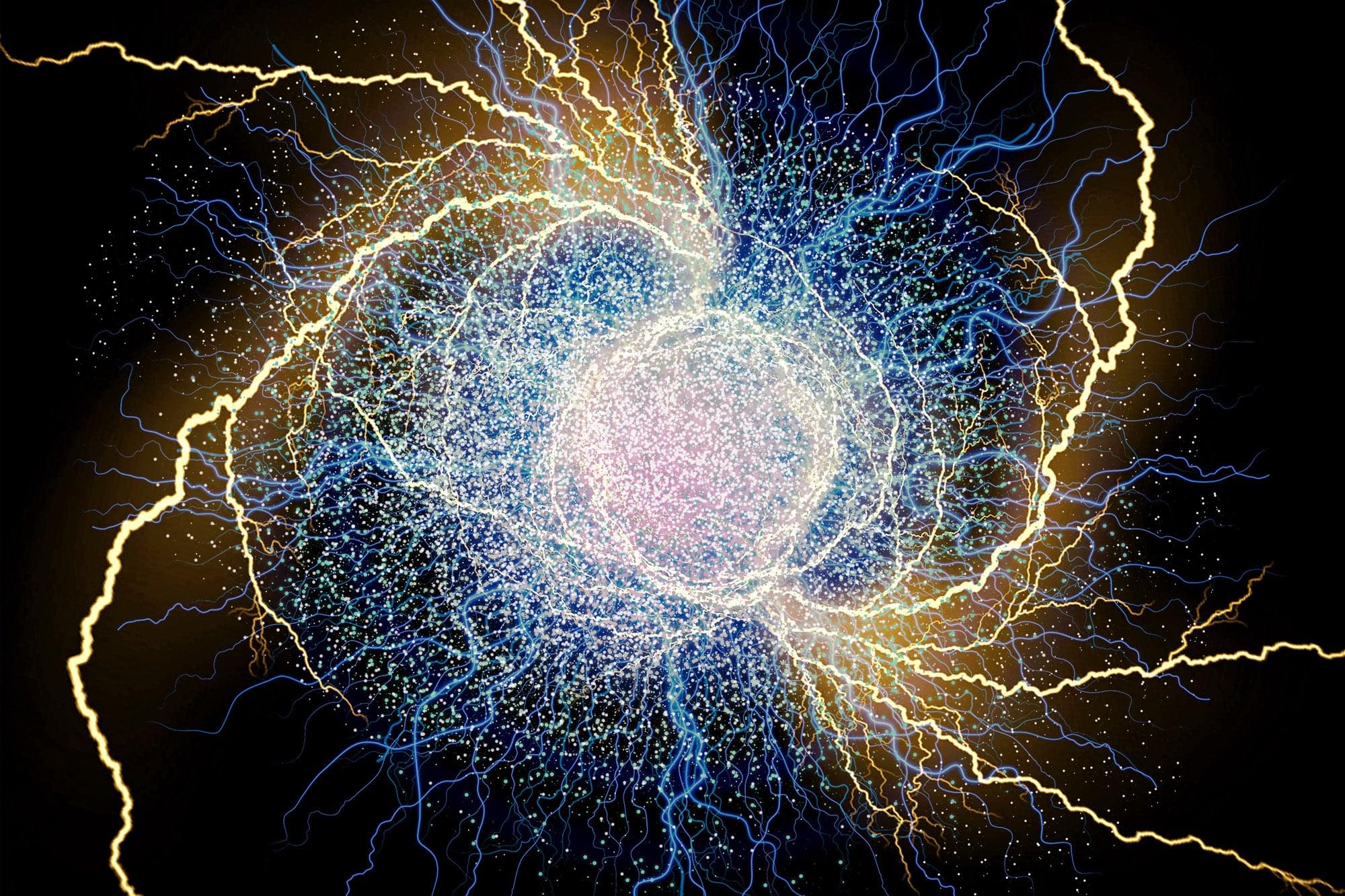Meta Platforms is assembling a specialized team within its Reality Labs division, led by Marc Whitten, to develop the AI, sensors, and software that could power the next wave of humanoid robots.
S platform capabilities. + s social media platforms. We believe expanding our portfolio to invest in this field will only accrue value to Meta AI and our mixed and augmented reality programs, Bosworth said. + How is Meta planning to advance its robotics work?
S CTO Andrew Bosworth. Bloomberg News reported the hiring first. + Meta has also appointed John Koryl as vice president of retail. Koryl, the former CEO of second-hand e-commerce platform The RealReal, will focus on boosting direct sales of Meta’s Quest mixed reality headsets and AI wearables, including Ray-Ban Meta smart glasses, developed in partnership with EssilorLuxottica.
S initial play is to become the backbone of the industry similar to what Google The company has already started talks with robotics firms like Unitree Robotics and Figure AI. With plans to hire 100 engineers this year and billions committed to AI and AR/VR, Meta is placing a major bet on humanoid robots as the next leap in smart home technology.
Meta is stepping into humanoid robotics, competing with firms like Nvidia-backed, Figure AI, and Tesla Robotics.
